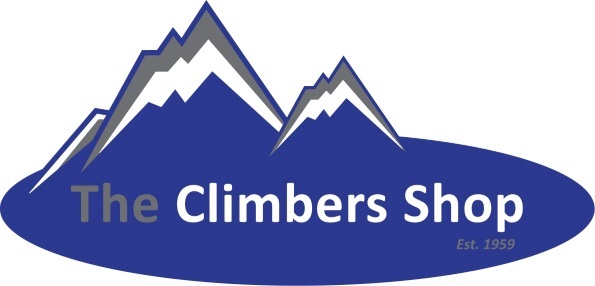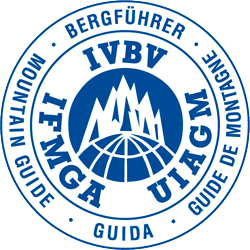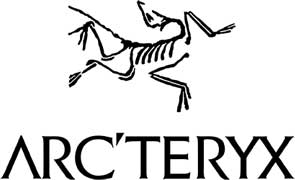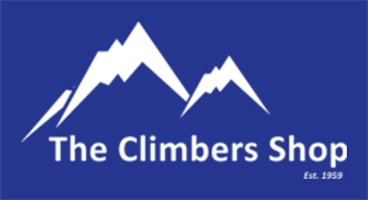Boots & Crampons - Guidance Notes
Boots & Crampon Advice
It is important that your boots are waterproof as all our courses will involve walking on snow-covered (wet) glaciers. The type of trip that you are planning to do will affect which boots are best to wear. A heavier boot (B3 type) can be used for all alpine trips, but a lighter boot (B1) although being generally more comfortable cannot be used on more technical trips as there is not enough support to front-point in crampons for extended periods. A comfortable boot is really important and we recommend breaking-in your boots before joining one of our courses.
Different categories of Boots
B3 Boots
For Technical Alpine climbing courses a B3 rated boot is most suitable as its rigid sole will give a lot more support especially when front-pointing. These tend to be the heaviest and warmest boots in the range and they are also recommended for our Mont Blanc courses and 4000m courses.
B2 Boots
For Summits & Skills and Classic Alpine climbing courses a B2 rated boot is most suitable. These are generally more comfortable and lighter than the B3 boots, but are study enough. A B3 boot would be a better buy if you intend to do more technical courses afterwards or to climb in the greater ranges.
For Introductory and Trek & Summit weeks a B2 boot is ideal (or even a top quality B1 boot providing it will take a crampon). If you are considering taking a more technical course later a B2 (or B3) boot is a good investment.
A good edge on the sole of the boot helps in climbing and in securing a good foot placement in the snow. The traditional vibram sole pattern is more effective than some modern rounded soles. Boots in the B3 category are ideal for C3 crampons and will also take C2 and C1. At the other end of the spectrum a B1 boot could only be recommended with a C1 crampon.
ISM guides use a B2 leather/synthetic boot in summer as they are lighter more breathable and more comfortable than a B3 boot unless they are maybe climbing Mont Blanc or on a higher altitude technical snow and ice (mixed) route. If you're looking to buy a B2 boot, then a good example of a B2 boot would be either the Scarpa Charmoz Pro GTX or the La Sportiva Trango Alp GTX. Both are great boots but each having very different lasts and so try them both on and get the pair that feel most comfortable.
ISM Guides use a well insulated B3 boot on winter icefall climbing courses and expeditions or climbing high level mixed routes early or late season. If you're looking at buying a B3 boot then good examples would be La Sportiva Nepal Evo GTX or Scarpa Mont Blanc ProGTX.
B2 Category Boot Examples
- La Sportiva Trango Alp GTX
- Scarpa Charmoz Pro GTX
B3 Category Boot Examples
- Arc'teryx Crux AR
- Scarpa Mont Blanc Pro GTX
Hopefully you'll find this short video helpful - please click HERE
Supported by:

Rock Shoes
These are special smooth-soled shoes for climbing technical rock climbs. They are essential on courses such as Technical Alpinism and our Technical Alpine range of courses, and if you own a pair you should bring them along for any of our climbing courses (except for Mont Blanc weeks) to give us the full range of options. If you don’t own rock shoes and are coming on a mountaineering course then don’t worry - you may borrow them free of charge from ISM.
If you are going to buy rock shoes, please choose a comfortable pair which is a snug fit with a thin sock. Comfort is crucial on the longer rock climbs of the Alps. Rock shoes that are too small can give you very painful feet on longer climbs - if too big they can roll off small footholds, making the climb harder than it need be.
Boot Care
It is important to store boots dry in a dark well ventilated place. Leather boots need treating with a waterproofing wax or liquid, this is best applied a little and often. Too much wax will soften the leather and it will lose its support; too little wax and the leather will become dry, cracked and not waterproof.
Crampons
When buying crampons it is very important to get the correct crampon for your boot. If possible take your boot along to the shop. Ideally the downward spikes of the crampon should be within the confines of the sole of the boot and should also be proportional to the size of the boot. This is especially important for smaller boots, as too large a crampon will give excessive leverage on the foot and risk twisting an ankle. Front points should protrude around 3cm from the toe of the boot.
Summer Alpine Mountaineering - 12 point crampons such as the Petzl Charlet Vasak for general mountaineering or the Petzl Charlet Sarken's for more technical alpine mountaineering.
Technical icefall climbing - crampons such as the Petzl Charlet Dartwin are ideal, lightweight and with vertical front points that work better on hard water ice giving you increased confidence in your footwork.
Anti-Balling Plates
Anti-ball plates are now considered essential for crampons as they stop snow building up on the underside of the crampon - annoying on a flat glacier and dangerous on exposed slopes. Most modern crampons have inbuilt anti-ball plates of a durable material.






